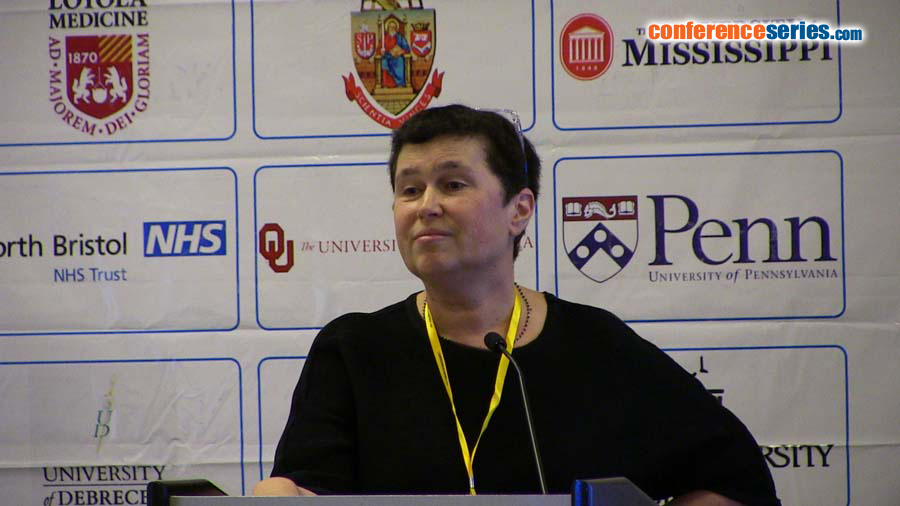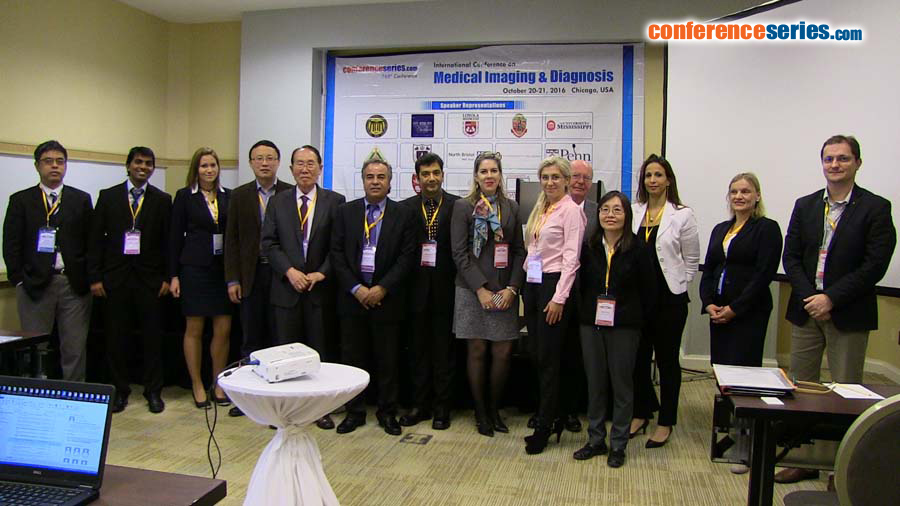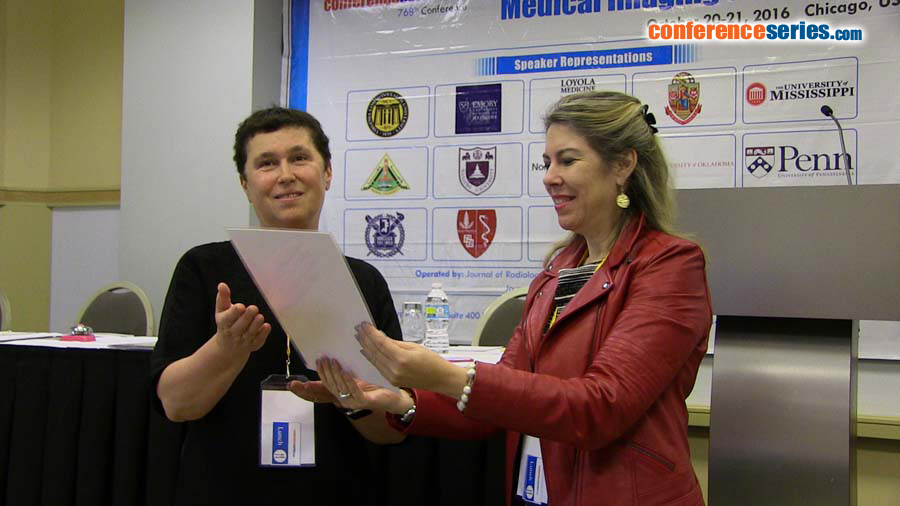
Tamara Feygin
University of Pennsylvania, USA
Title: Dynamic MR imaging (MR fluoroscopy): Clinical applications in pediatric radiology
Biography
Biography: Tamara Feygin
Abstract
Dynamic Cine Magnetic Resonance imaging (MR “fluoroscopy”) is a rapidly developing technique, which evolves from research and works in progress into routine imaging sequences. This technique is designed to demonstrate some of the physiologic and pathologic processes of the human body in almost real time. MR “fluoroscopy” offers many advantages over other dynamic imaging modalities (such as x-ray based fluoroscopy, nuclear medicine examinations or ultrasonography) due to its lack of ionized radiation and short acquisition time. These features are particularly important in pediatric and prenatal medicine. The dynamic sequences are based on fast acquisition and organization of images in a sequential-loop, resulting in an impression of observing a real-time movie. The sequences vary slightly in different manufactures but almost any sequence sensitive to flow may be employed. They are easily obtainable from a technical standpoint, and are easily tolerated by patients. These dynamic sequences prove to be valuable tools in functional assessment of intracranial/intraspinal CSF flow dynamics, evaluation of effectiveness of endoscopic procedures, esophageal or bowel motility (and almost any other type of dynamic motion in the human body); evaluation of cardiac contractility and blood flow patterns and joint mobility. Dynamic Cine MR Imaging improves our knowledge of fetal physiology, demonstrates functional impairment of fetal fluids flow dynamics; provides clinically significant prognostic information for pre and postnatal planning and contributes in very careful selection of patients eligible for fetal intervention.




